Many people confuse Alzheimer’s disease with dementia. There are numerous causes leading to dementia and Alzheimer is the most common type of dementia, accounting for 60-70% of dementia cases in Hong Kong. Dementia is not just about forgetfulness but a neurological disease due to the damage of the brain cells. A group of symptoms that affects mental cognitive tasks, such as memory and reasoning. The person will have serious impact on daily activities and communication.
Our current intervention starts when people experience memory problem. But the brain damages have happened some 15 to 20 years ago. Since these toxic changes are not reversible, our present approach is not effective.
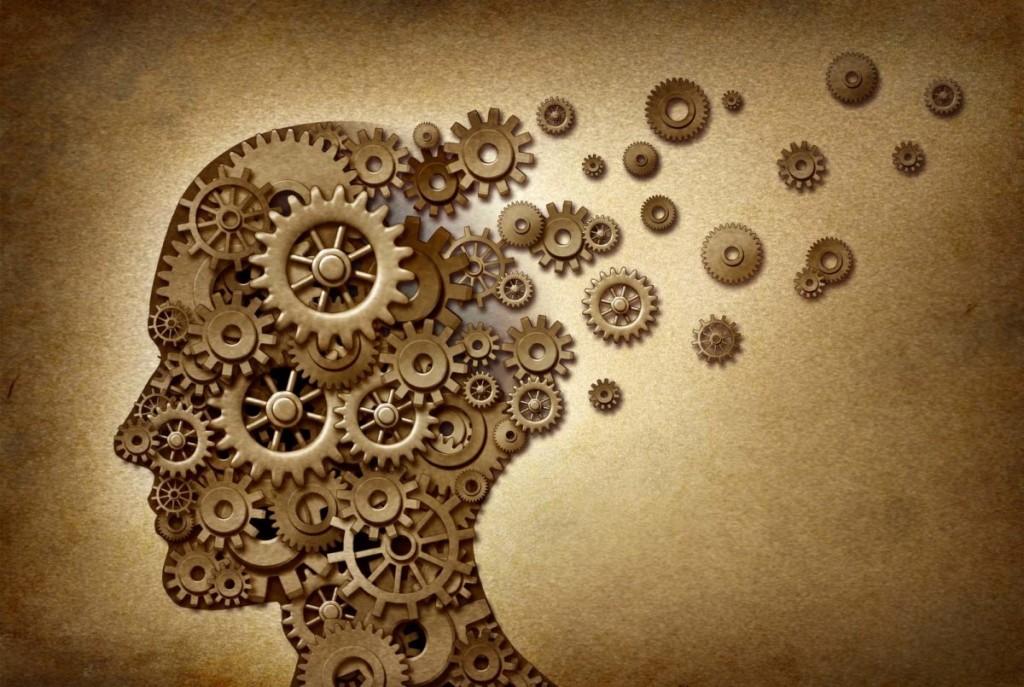
Recently there were some exciting developments in the early detection of Alzheimer’s. In 2014, a team of Australia researchers have developed a non-invasive retinal imaging device that can provide early detection of Alzheimer’s 15 to 20 years before clinical diagnosis. According to Shaun Frost, a biomedical scientist at CSIRO- Australia’s national science agency, “the test could differentiate between Alzheimer’s disease and non-Alzheimer’s disease with 100 percent sensitivity and 80.6 percent specificity, meaning that all people with the disease tested positive and most of the people without the disease tested negative.”
In 2016, a study published in Investigative Ophthalmology and Visual Science also showed that researchers could use a picture of the retina to identify Alzheimer’s.
The promise of early intervention
Yoga is better than crossword puzzle
It was found that after three months, both groups showed improvement in verbal memory skills, which helped to recall names and a list of words. But the yoga group performed better in visual-spatial memory, which was needed to recall location, walking and driving. They were also better in coping with anxiety and stress.
“When you have memory loss, you can get quite anxious about that and it can lead to depression,” said Dr. Helen Lavretsky at UCLA, who led this study.
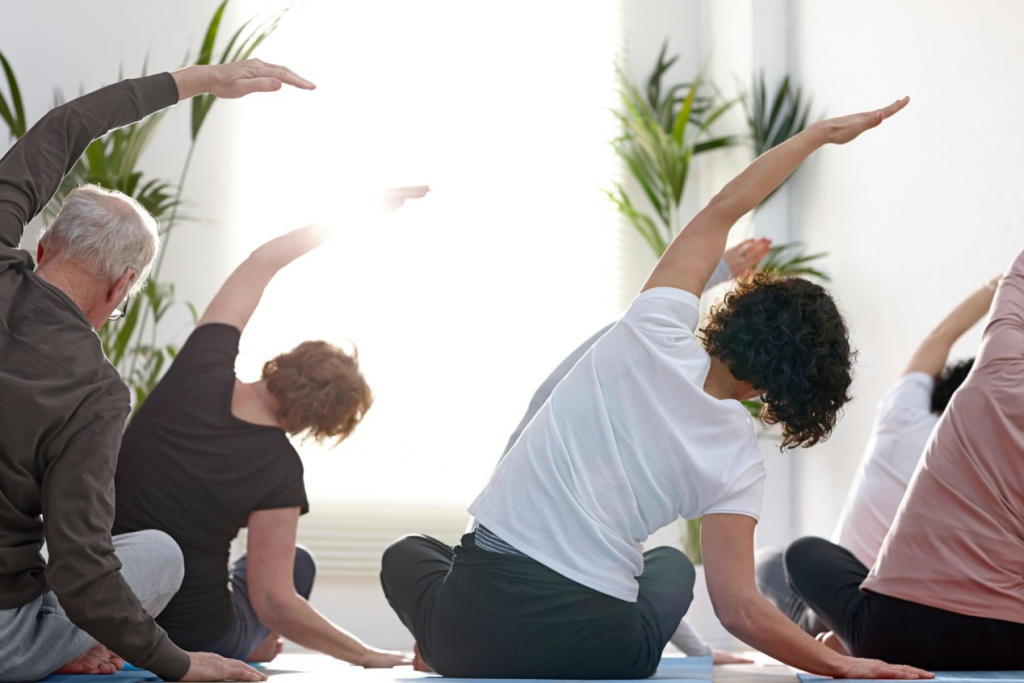
Mindfulness meditation is a training program for our brain
Why are there differences between the brains of meditators and nonmeditators? Neuroscientists believe that meditation is a training program for the brain.
“Regular use may strengthen the connections between neurons and can also make new connections,” Eileen Luders explains. “These tiny changes, in thousands of connections, can lead to visible changes in the structure of the brain.”
Mindfulness can help people to cope with stress and anxiety
Philippe Goldin, a neuroscientist at Stanford University, studied the impact of mindfulness on stress and anxiety. In this study, participants took an eight-week mindfulness-based course in stress reduction. They met once weekly and practised at home for one hour a day.
Source:
“Changes in neural connectivity and memory following a yoga intervention for older adults: A pilot study”, by Helen Lavretsky and others, Journal of Alzheimer’s Disease May 2016.
“The underlying anatomical correlates of long-term meditation: Larger hippocampal and frontal volumes of gray matter”, by Eileen Luders and others, Journal Neuroimage, 2009 May.
“MBSR vs aerobic exercise in social anxiety: fMRI of emotion regulation of negative self-beliefs”, by Philippe Goldin and others, Social cognitive and affective neuroscience, 2012 August.
2017 March Newsletter – Utilizing technology-enabled devices to live a Healthy Golden Age
Census and Statistic Department, HKSAR had released the report of 2016 Population by-census. The figures revealed that Hong Kong becomes an aging society with a very rapid pace. We have a population of 1,160,000 with [...]


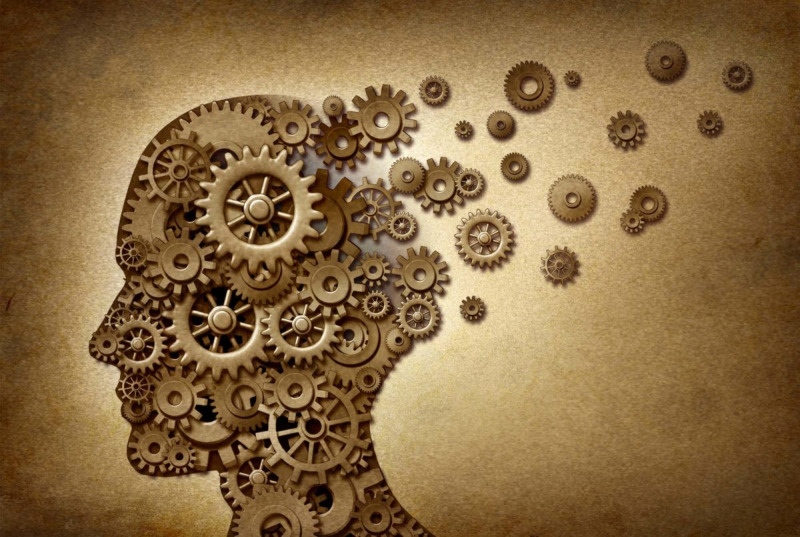
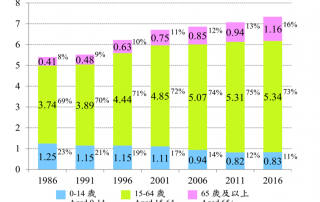
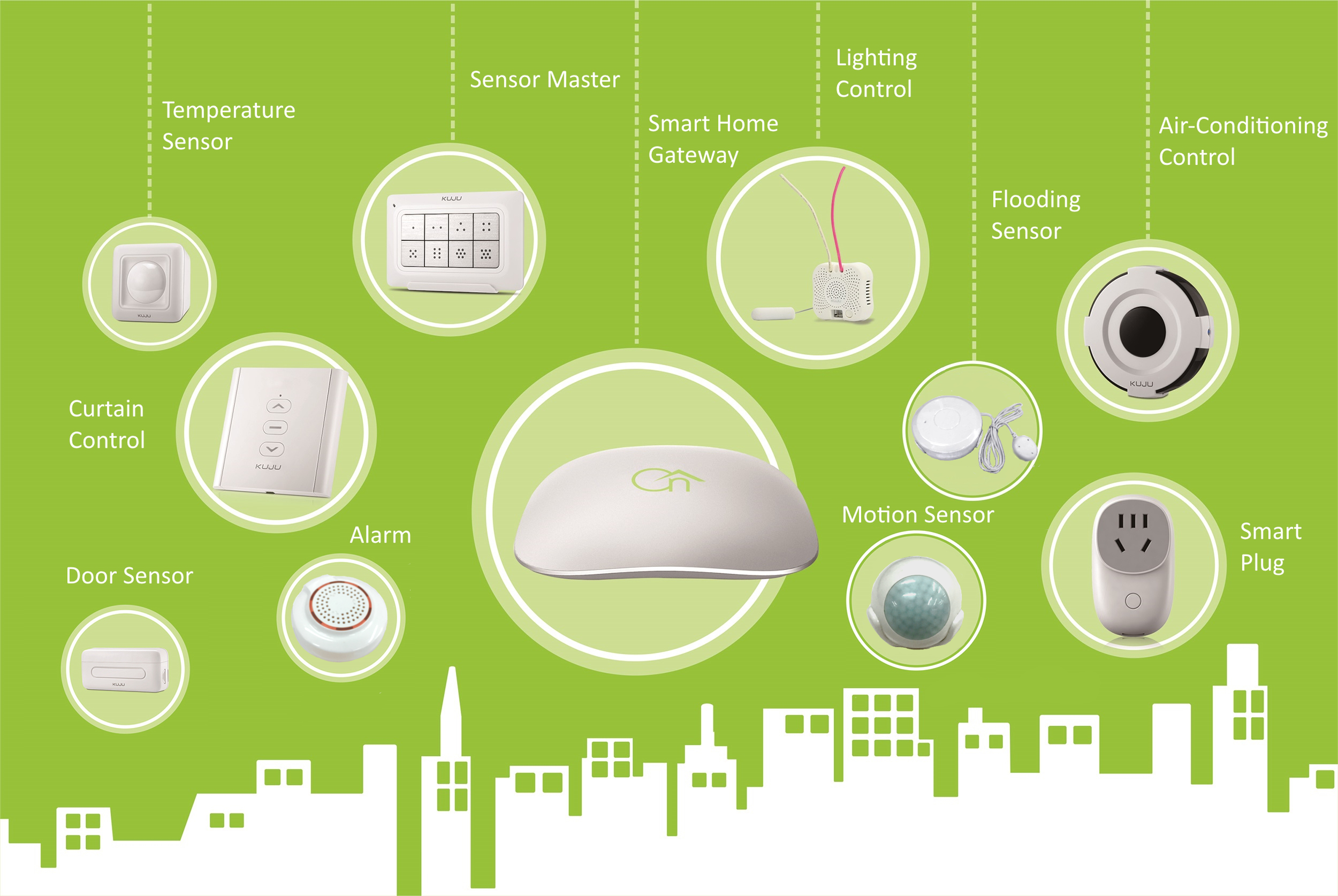

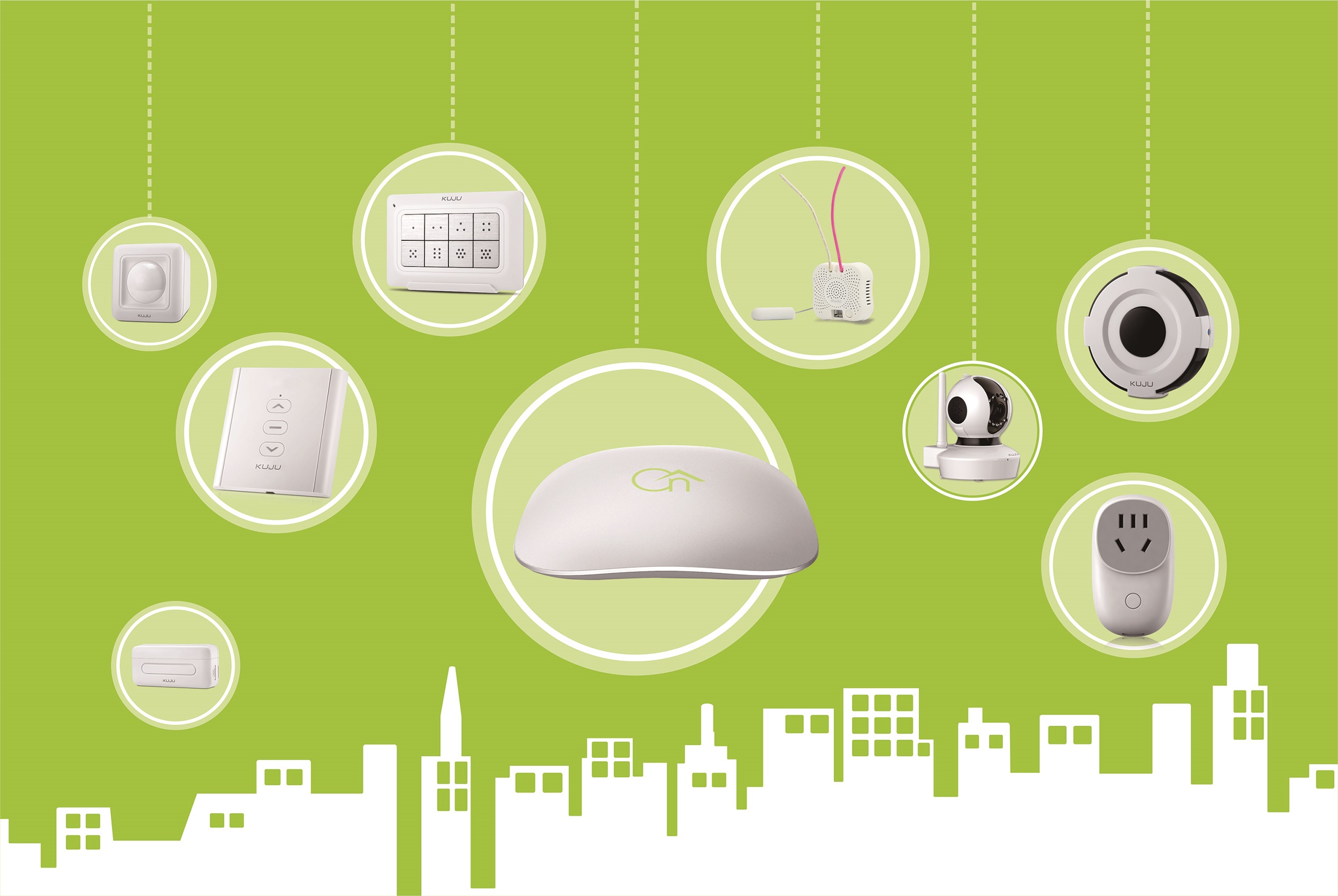


Leave A Comment